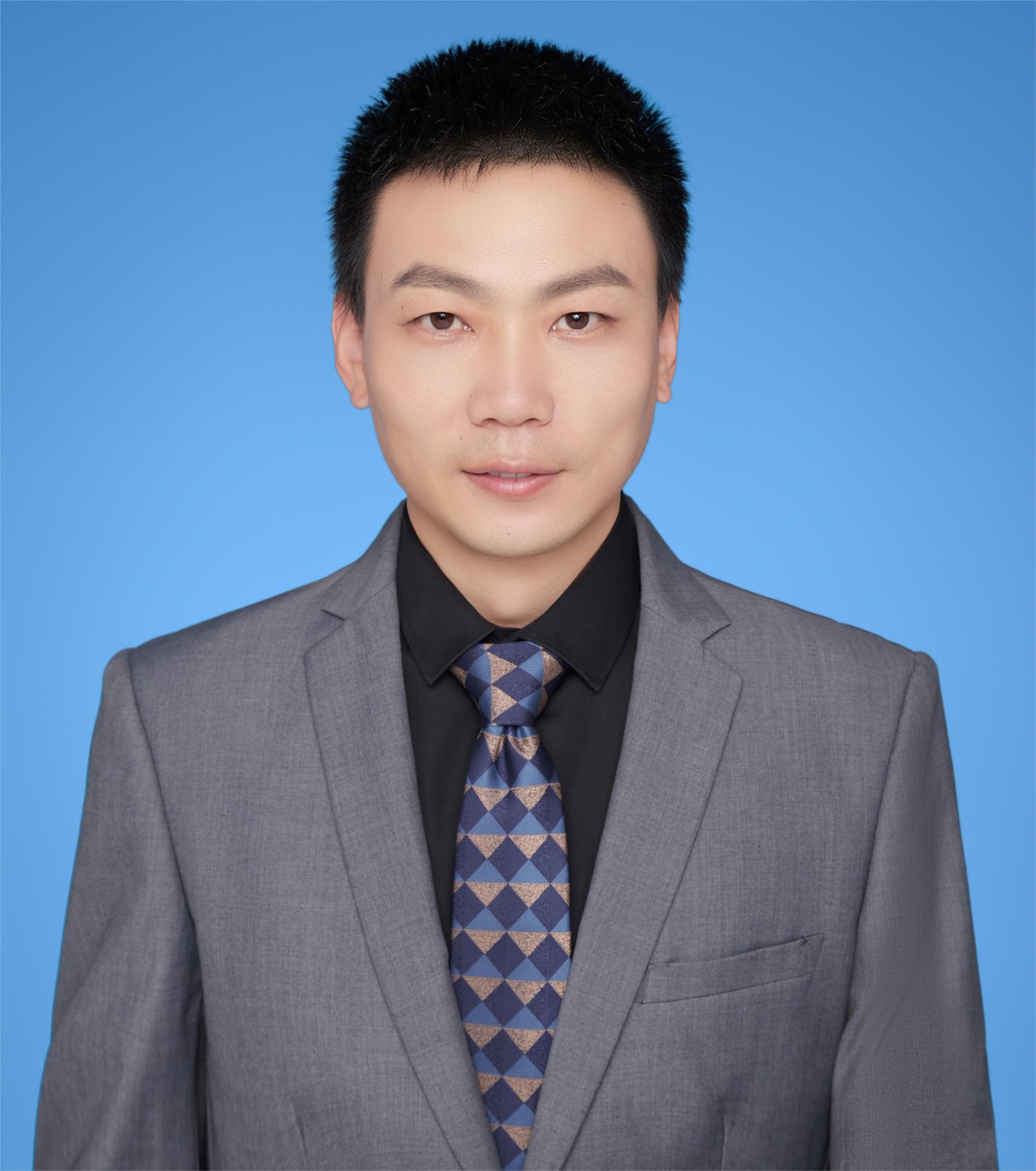

Prof. Chaolong Zhang, Jinling Institute of Technology
Bio: He was selected as one of the young and middle-aged academic leaders of the “Green and Blue Project” of Jiangsu universities, one of the “Top 2% of Global Top Scientists” in 2023 and 2024, and one of the Top 1% of highly cited scholars in China Knowledge Network. He is a professor, master's supervisor, dissertation evaluation expert of the Ministry of Education, D-type talent of Nanjing Zijinshan, and vice president of science and technology. D. in Electrical Engineering from Hefei University of Technology, Postdoctoral Fellow in Electrical Engineering from Wuhan University, Correspondence Review Expert of National Natural Science Foundation of China, Project Review Expert of China Academy of Information and Communication Technology, Project Review Expert of Guangdong Provincial Science and Technology Department, Outstanding Young Talent of Anhui Province Universities and Colleges, Council Member of IEEE PES Electric Vehicle Power Battery Technology Sub-Committee, Member of the Professional Committee on System Simulation of the Chinese Society of Automation, Member of the Specialized Committee on the Application of Simulation Technology of the Simulation Society of China. He is a member of IEEE PES Electric Vehicle Power Battery Technology Branch, a member of System Simulation Committee of Chinese Society of Automation, a member of Simulation Technology Application Committee of Chinese Society of Simulation, a Lead Guest Editor of several SCI journals and EI journals, and a member of Applied Energy, Journal of Energy Storage, IEEE Transactions on Energy Storage. He serves as a reviewer for “Applied Energy”, “Journal of Energy Storage”, IEEE Transactions series, “Journal of Electrotechnology”, “Journal of Hunan University (Natural Science Edition)” and other important academic journals, and as a reviewer for “Expert Systems with Applications (Chinese Academy of Sciences)”. Excellent reviewer of “Expert Systems with Applications (CAS I)”, British Institute of Physics: IOP Trusted Reviewer, session chair of international academic conferences. He is also a young editorial board member of “Green Energy and Intelligent Transportation”.

Assoc. Prof. Yong Cui, Anhui Science and Technology University, China
Member of Offshore Photovoltaic Professional Committee of China Photovoltaic Industry Association, IEEE member, senior member of China Society of Technology and Economics, and member of China Society of Electrical Engineering. Doctor of North China Electric Power University, Master Director of Three Gorges University, Project Review Expert of Hubei Provincial Science and Technology Department;As a member of the editorial board of the Journal of Electrical Measurement and Instrumentation, reviewers of Journal of Solar Energy, China Electric Power, Hydroelectric Energy Science, Operation and Management, Journal of Electric Power Science and Technology, Grid Technology, Guangdong Electric Power, Power Generation Technology, Power Engineering Technology. He has served as a teacher of Three Gorges University, director of the Engineering Technology Center of Jiuzhou Fangyuan New Energy Co., Ltd., vice president of science and technology of Hubei Changjiang Electric Co., Ltd. Technical Engineer of Wuhan Fenghuo Fuhua Electric Co., Ltd., Director of Biotechnology Department of State Grid Henan Lankao Power Supply Company, Trainer of State Grid Jiangxi Electric Power Skill Training Center, etc. Long-term commitment to new power system optimization decision-making methods, electricity carbon market trading and energy economy and other areas of research work.